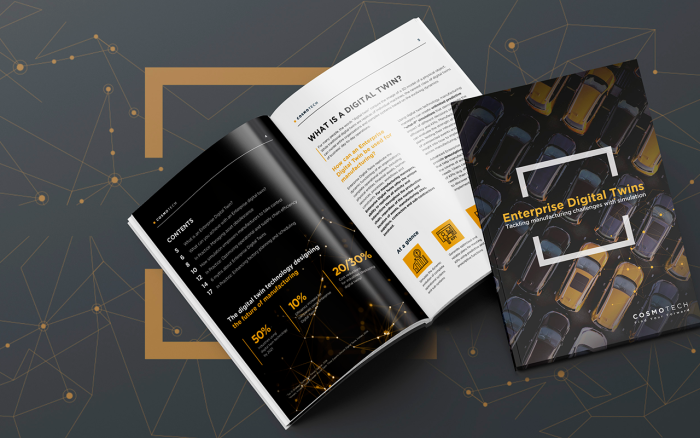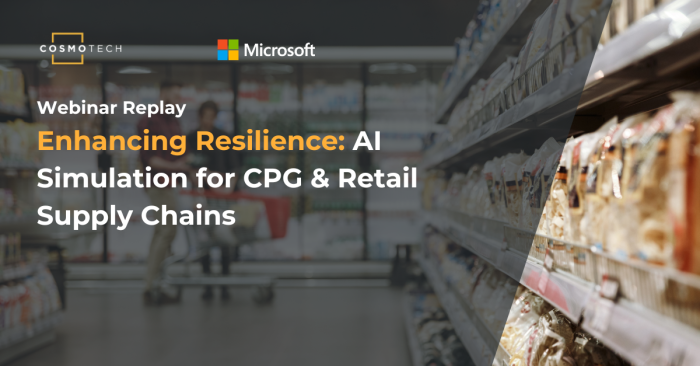Recently I was speaking with an industry analyst about our AI-Simulation Platform and challenges in the supply chain planning sector.
The analyst saw the great value that digital twins are delivering for companies in a variety of supply chain environments but explained that there was still a lot of confusion in the market when it came to simulation.
Companies think they are simulating but they really aren’t, she explained. What they are really doing is scenario planning. What’s more, it isn’t only users that are confusing scenario planning and simulation – vendors in the supply chain space are doing that, too.
Scenario planning and simulation are similar but still very different approaches to aid in setting future strategies. While both can be used to help move a company to a more robust, resilient, and sustainable future, there are some important reasons why simulation should be a company’s first choice.







